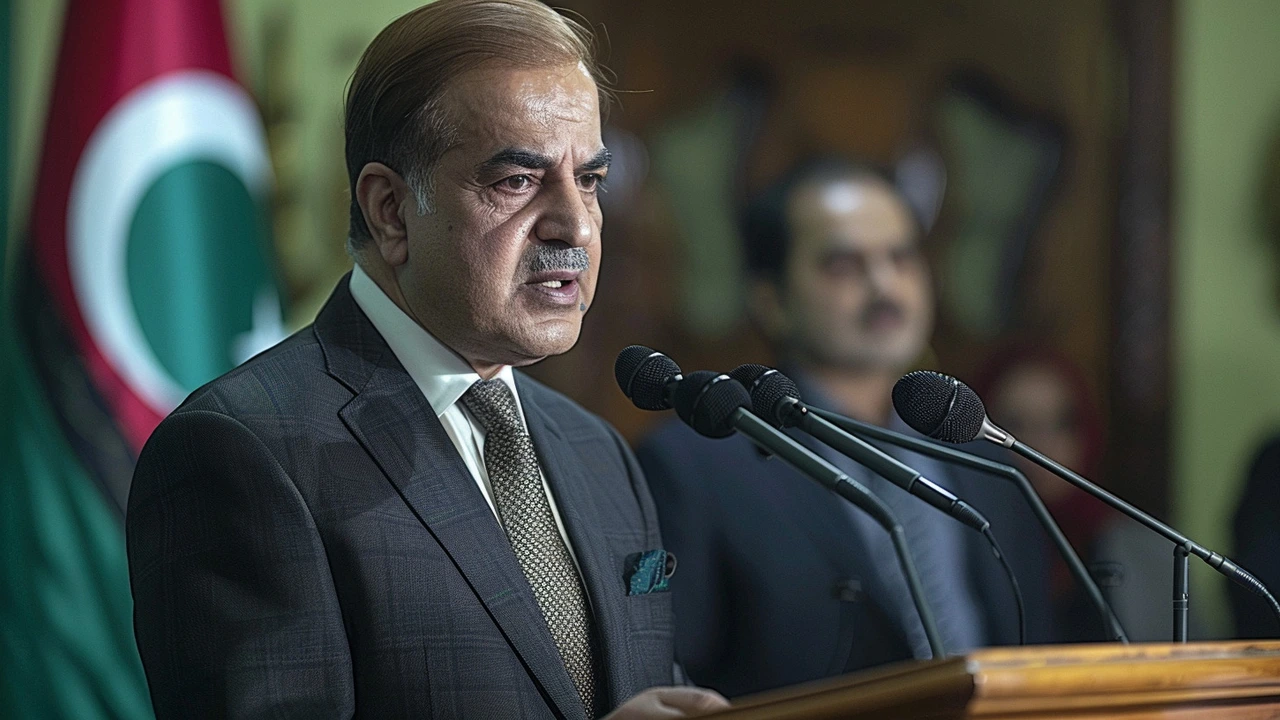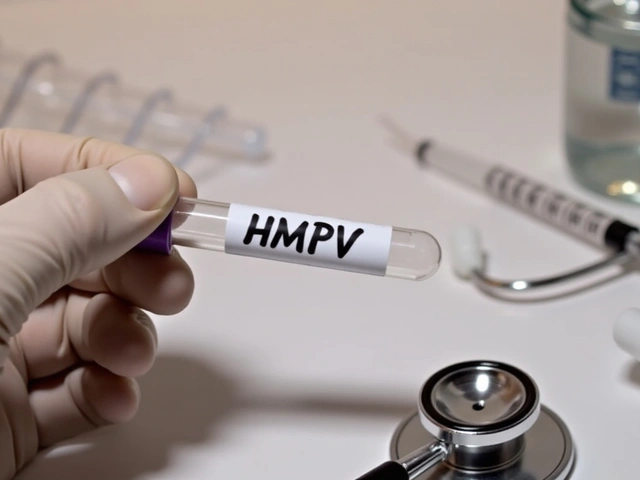Nuclear tests: what they are and why they matter
More than 2,000 nuclear tests have been carried out worldwide since 1945. That number sounds distant, but tests still shape politics, public health, and the environment today. If you see breaking headlines about a suspected blast, you’ll get more from the coverage if you know what the key facts mean.
Nuclear tests are explosions used to check weapons design or demonstrate capability. They’ve been done above ground, underwater, and underground. Atmospheric tests spread fallout across wide areas; underground tests limit immediate spread but can still leak radioactivity. Countries stopped most atmospheric testing after the 1960s because of health risks, but underground testing continued for decades.
How tests are detected
Experts don’t rely on one signal. The international monitoring system uses four main tools: seismic sensors (to feel the quake), infrasound arrays (low-frequency sound), hydroacoustic stations (for underwater blasts), and radionuclide detectors (to catch radioactive particles). If a seismic event looks like an explosion and radionuclides show nuclear material, that’s strong evidence.
Seismic size doesn’t translate directly to bomb size, but quick rules of thumb help reporters and officials get an early read. Small underground tests can look like magnitude 4 seismic events; larger blasts register higher. Confirmation often takes hours or days while labs analyse samples and agencies cross-check data.
What to watch when a test is reported
When you read a story about a suspected test, look for three things: who detected it, what kind of data they cite, and whether independent labs confirm the finding. Trust official monitoring centres like the CTBTO’s provisional network, university seismology groups, or national laboratories over unverified social posts. Satellite images and atmospheric sampling reports are useful follow-ups that add weight to initial claims.
Also pay attention to location and likely fallout. Tests near populated regions raise public-health concerns. Tests in remote deserts or oceans reduce immediate risk but can still affect distant communities through winds and ocean currents. Governments sometimes downplay tests; independent monitoring fills that gap.
What about politics? A test is almost always both technical and political. States may test to prove a capability, deter rivals, or respond to sanctions. The global treaty framework aims to stop tests, but not every country is on board. That’s why international monitoring and diplomatic pressure remain central.
Want to stay informed without getting overwhelmed? Follow a mix of sources: the CTBTO for technical updates, reputable news outlets for context, and local health agencies if you’re in an affected area. If authorities report contamination, follow official evacuation or shelter advice and avoid unverified claims about “miracle” protections.
Knowing how tests are detected and confirmed helps you separate real threats from noise. Read the data, check independent confirmations, and follow public-health guidance when necessary. That keeps you informed and ready to act if a real incident occurs.
Prime Minister Shehbaz Sharif has announced May 28 as a public holiday in honor of Youm-e-Takbeer. This day marks the anniversary of Pakistan's 1998 nuclear tests, underscoring national unity and defense strength. The Prime Minister highlighted the roles of key figures in the nuclear program and called for a unified effort towards economic stability.
Recent-posts
Nov, 9 2024
Jul, 17 2024
Nov, 17 2025






